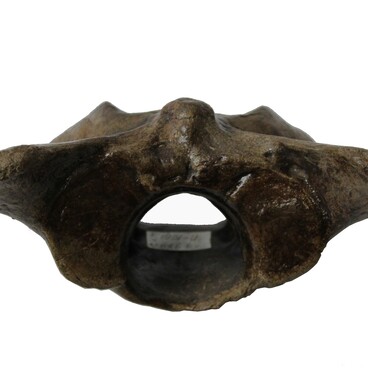Alexei Orlov (1737–1807) was the third oldest among the Orlov brothers, and his family nicknamed him Alekhan. He was strong and fast since early childhood; he enjoyed wrestling and winning and always prevailed over his peers. He served in the Leib-Guard Preobrazhensky regiment and the Chevalier Guard corps. He stood apart from his peers through his chivalrous look, commanding expression in his eye, rugged handsomeness, a sharp brain, and a cheerful disposition.
He played an important role in the 1762 palace coup that brought Catherine the Great to the Russian throne. In 1768–1769, he developed a plan for a military operation against Turkey in the Mediterranean Sea. He participated in the battle of the Chesma harbor in 1770 as the commander of the Russian fleet. During the course of the battle, he was wounded three times, but he never left his station until the last Turkish vessel was sunk. For the victory at the Battle of Chesma, he was awarded the Saint George order of the 1st class as well as the right to add the honorific title Chesmensky (of Chesma) to his last name.
Count Orlov-Chesmensky was the first Russian noble to publicly enjoy gypsy singing and popularize it in Russia: he had gotten into it during his military campaigns against Turkey. In 1774, he brought his first gypsy chapel to Moscow from Wallachia, which laid the foundation of professional gypsy performance arts in Russia and had a significant impact on the development of Russian folk music and the tradition of the Russian romance songs.
Orlov-Chesmensky also went down in history as a natural scientist and experimenter. He had great hunting dogs and personally kept track of their genealogy. He was also among the first people in Russia to keep tumbler and carrier pigeons. Orlov’s fighting geese and canaries sang unique melodies that were widely known at the time.
Especially popular, though, were the so-called Orlov trotters a breed of light-harness horses that were specially bred to select for the ability to trot at a brisk pace. These horses were in great demand among horse racers even though they were very expensive. The bulk of the Usolskoye estate was taken up by numerous well appointed stables with indoor plumbing while the cast-iron gate of the park was adorned with figures in the shape of horse heads.
Alexei Orlov-Chesmensky died at the age of 70 and was buried in the village of Khatun outside of Moscow.
He played an important role in the 1762 palace coup that brought Catherine the Great to the Russian throne. In 1768–1769, he developed a plan for a military operation against Turkey in the Mediterranean Sea. He participated in the battle of the Chesma harbor in 1770 as the commander of the Russian fleet. During the course of the battle, he was wounded three times, but he never left his station until the last Turkish vessel was sunk. For the victory at the Battle of Chesma, he was awarded the Saint George order of the 1st class as well as the right to add the honorific title Chesmensky (of Chesma) to his last name.
Count Orlov-Chesmensky was the first Russian noble to publicly enjoy gypsy singing and popularize it in Russia: he had gotten into it during his military campaigns against Turkey. In 1774, he brought his first gypsy chapel to Moscow from Wallachia, which laid the foundation of professional gypsy performance arts in Russia and had a significant impact on the development of Russian folk music and the tradition of the Russian romance songs.
Orlov-Chesmensky also went down in history as a natural scientist and experimenter. He had great hunting dogs and personally kept track of their genealogy. He was also among the first people in Russia to keep tumbler and carrier pigeons. Orlov’s fighting geese and canaries sang unique melodies that were widely known at the time.
Especially popular, though, were the so-called Orlov trotters a breed of light-harness horses that were specially bred to select for the ability to trot at a brisk pace. These horses were in great demand among horse racers even though they were very expensive. The bulk of the Usolskoye estate was taken up by numerous well appointed stables with indoor plumbing while the cast-iron gate of the park was adorned with figures in the shape of horse heads.
Alexei Orlov-Chesmensky died at the age of 70 and was buried in the village of Khatun outside of Moscow.

